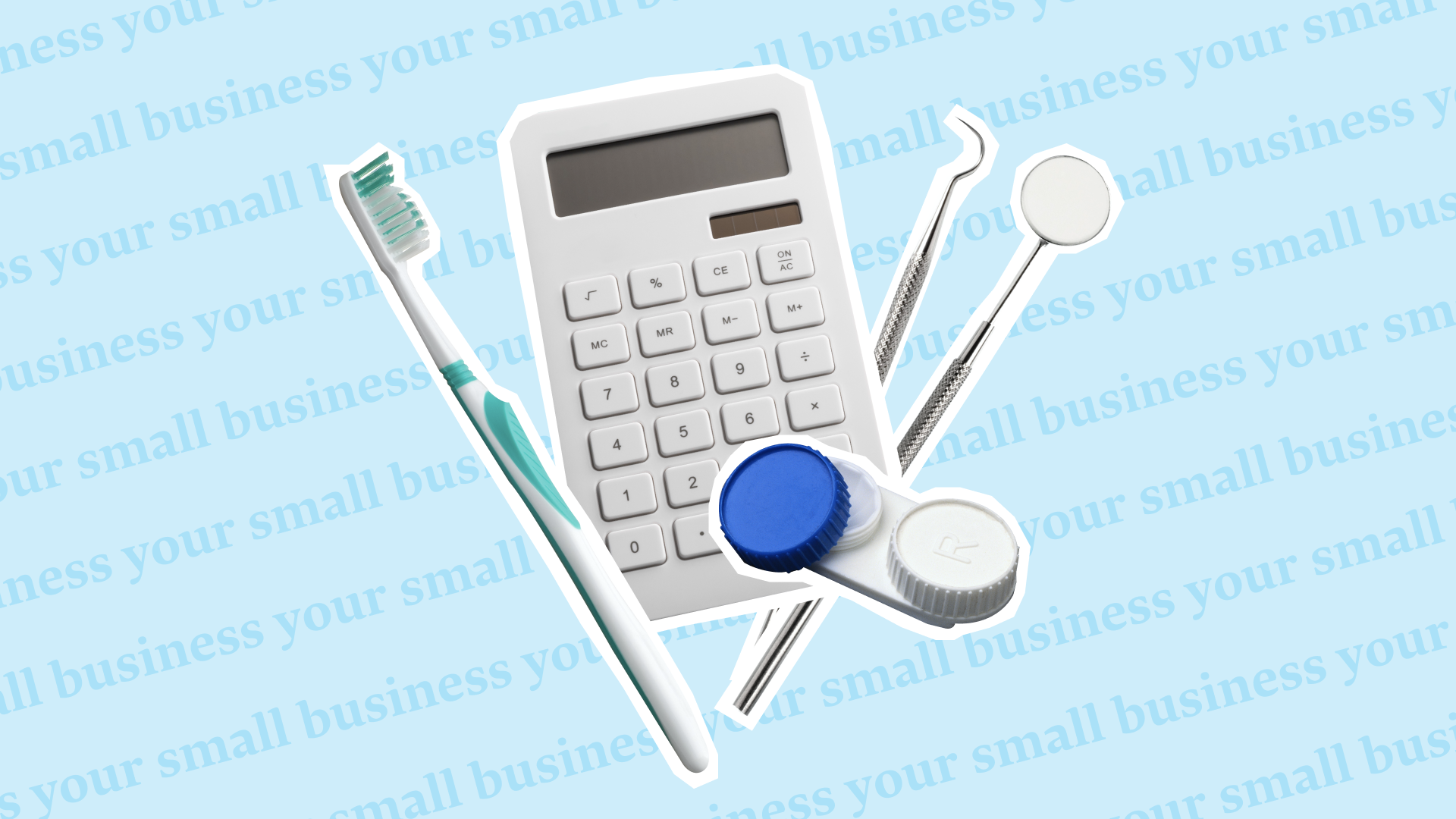Effective communication is crucial in any organization. But this is especially true when it comes to employee benefits. Employee benefits are a highly valued aspect of any job, and they can have quite an impact on employee satisfaction and overall wellbeing.
The thing is, taking advantage of benefits isn’t always a straightforward process for the employees themselves. Perhaps it’s the multiple steps it takes to sign up, or the uncertainty of what services are available. Regardless of the reason, when benefits aren’t communicated effectively, they might not be fully utilized or appreciated by employees. And that sort of defeats the purpose, right?
Here, we’ll dive into why effective employee benefits communication is important, and how it can benefit employees and employers alike.
The Importance of Employee Benefits Communication
When we talk about employee benefits communication, we’re referring to the process of informing employees about the benefits they’re entitled to and how to access them. These benefits can include things like health insurance, retirement plans, paid time off, and other perks offered by an employer.
Effective communication about these benefits is crucial for several reasons. Ready to explore them?
Employee Satisfaction and Retention
One big reason why employee benefits communication is essential is the impact it can have on employee satisfaction and retention. When employees are aware of the benefits they’re entitled to (and how to access them), they’re more likely to feel valued and appreciated by their employer. This can lead to higher job satisfaction and a stronger sense of loyalty towards the company, which can ultimately result in higher retention rates.
Effectively communicating benefits can also help foster a positive company culture, one that values employee wellbeing. When employees feel that their employer truly cares about their wellbeing and is invested in their success, it can create a positive work environment that enables collaboration and teamwork. Like a snowball effect, this can further enhance employee satisfaction and retention. Talk about a win-win situation!
When employees are not made aware of the benefits available to them, there’s a chance they might feel undervalued. They might even start looking for a new job. This scenario can be pretty costly for employers — it can lead to high turnover rates and the need to constantly recruit and train new employees.
Utilization of Employee Benefits
Another reason why communicating with employees about benefits is key? It promotes the utilization of those benefits.
Consider an employee who’s struggling with their mental health. If they’re not aware of the mental health benefits available through their employer, they might not seek help when they need it. This can lead to increased stress and decreased productivity in the workplace, ultimately affecting the employee’s overall wellbeing.
But it’s not just struggling employees who can benefit from, well, benefits. When employees are aware of what benefits they can access, they’re more likely to use them. This can be particularly important for complex benefits like health insurance or retirement plans, which might require a little extra homework to fully understand before utilizing. By effectively communicating with employees about these benefits, employers can help employees make more informed decisions about their health and financial wellbeing.
It’s worth noting that effective communication with employees about benefits can also help to avoid, or at least reduce, the misuse of benefits. Misuse probably isn’t something employers think about often, but unfortunately, it’s a possibility when you offer employee benefits. But when employees understand their benefits and how to use them, they’re less likely to misuse them, which can save your company money in the long run.
Compliance with Employee Regulations
In addition to employee satisfaction and utilization of benefits, communication about benefits is also necessary for compliance with regulations. Most employers are legally required to provide specific benefits to their employees, like social security and unemployment insurance. By effectively communicating with employees about these benefits, employers can ensure they’re meeting their legal obligations and avoiding any potential legal issues.
Communicating about employee benefits can also help prevent misunderstandings and disputes. If employees aren’t aware of their benefits, or they don’t fully understand them, there’s a chance it can lead to confusion and potential disputes about usage. If an employer clearly communicates the benefits and how to use them, doing so can help prevent these sorts of issues with their employees.
Best Practices for Employee Benefits Communication
Now that we’ve established why it’s important to communicate about benefits to employees, let's explore some best practices employers can follow to help make their communication strategies a success.
Use Multiple Communication Channels
Everyone works differently, and this goes for the employees at your company, too. Not all employees prefer to receive information in the same way — some might like email, while others might prefer in-person meetings or printed materials. To help ensure that all employees receive the necessary information about benefits, it’s essential to use multiple communication channels. They can include email, the company intranet, newsletters, in-person meetings, physical signage, or app alerts. There’s really no wrong channel to communicate employee benefits, as long as it’s not the only channel.
Another benefit of using multiple channels? This approach also allows for repetition, which can help reinforce the information and ensure employees don’t miss any important details. Just make sure those details are the same across channels. Sharing different or conflicting details can lead to confusion and misunderstandings, so ensure the information is consistent from channel to channel.
Keep it Simple and Clear
As we mentioned earlier, benefits can be pretty complex. So when you’re communicating employee benefits, it’s important to keep the information simple and easy to understand. Avoid using technical jargon or complex language when you can — that might just confuse employees. Instead, use clear and concise language that’s easy to comprehend. You can also try breaking down the information into smaller, digestible chunks. This can make it even easier for employees to not only understand but also retain the information.
Make sure you’re transparent and honest in your communication as well. If there are changes made to the benefits, make sure to clearly communicate these changes in a timely manner, and be explicit about how the changes will affect your employees. If questions are raised by employees, make sure to provide answers and address their concerns as best you can. This can help build trust and ensure employees feel they’re being kept in the loop.
Personalize the Communication
Personalization can be an effective method of engagement, so why not apply it to employee benefits communication? Instead of sending out generic emails or newsletters, try to personalize the communication as much as possible. This can look like addressing employees by name or creating unique templates for each department.
In addition to personalizing the communication, it's also important to show employees empathy and understanding. Recognize that employees have different needs and concerns, and address that in your communication. Doing so can help to build a stronger connection with your employees and make them feel more valued and understood.
Provide Examples and Visual Aids
Sometimes, it can be a challenge for employees to understand the benefits being offered when they don’t have any context. That’s where examples and visual aids can come in handy. They can help make the information more relatable, engaging, and easier to understand.
Consider a retirement plan. When explaining a benefit like that, try providing a hypothetical scenario to show how it can benefit the employee in the long run.
Visual aids (think infographics and charts) can also help break down complex information and make it more visually appealing and easier to understand. They can also help grab an employee’s attention and make the information more engaging.
Effective Communication Benefits Employees and Employers
As we’ve learned, effective employee benefits communication can greatly impact employee satisfaction, retention, and utilization of benefits, while also supporting compliance with regulations. By following best practices and using multiple communication channels, employers can help ensure their employees are well-informed and can make the most out of the benefits being offered.
This can result in a happier and healthier workforce, a more positive company culture, and an enhanced reputation for the company. Talk about a thriving business! Effective employee benefits communication isn’t just a nice-to-have, but a must-have for any successful organization.
Justworks Can Help You Build Your Benefits Package
Are you ready to offer your employees the benefits they deserve? Justworks can help! With Justworks, you can offer your employees access to top carriers and flexible plans, along with health and wellness perks and services from providers like Talkspace and One Medical.
Explore Justworks PEO and Justworks Payroll to see which solution is the best fit for your business, and get started today!
Learn more with Justworks�’ Resources
Scale your business and build your team — no matter which way it grows. Access the tools, perks, and resources to help you stay compliant and grow in all 50 states.








